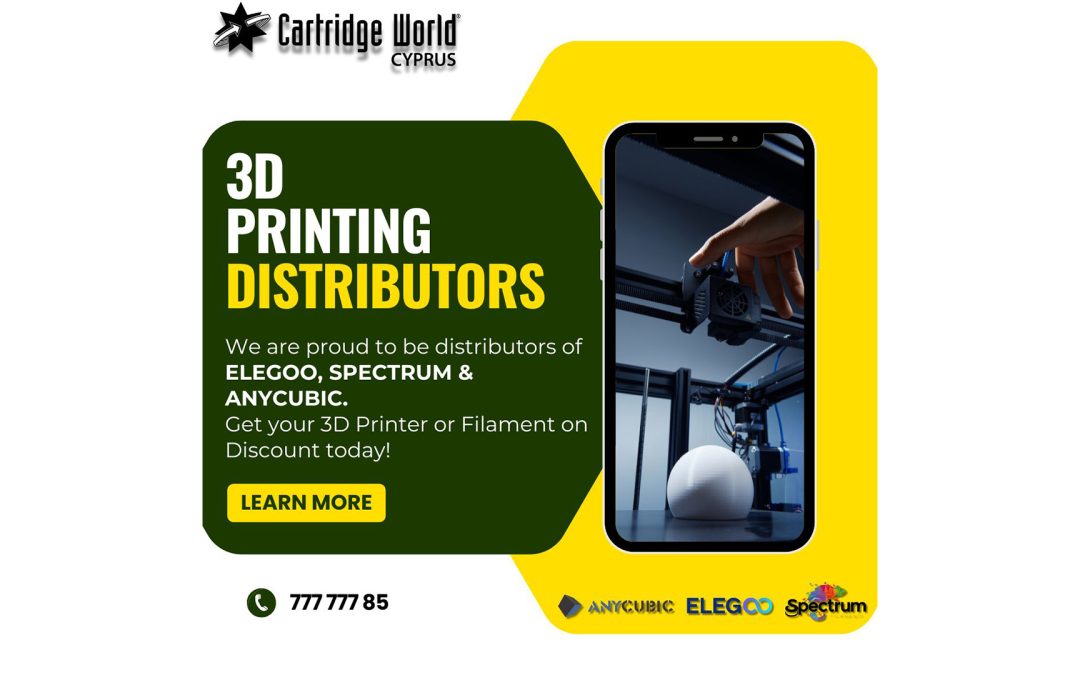
From coral reefs to seawalls, a newly-published blog suggests 3D printing could be the answer.
A new blog from Cartridge World reports that 3D printing may have a part to play in fighting climate change.
By working to the principle of additive manufacturing, 3D printing creates less waste than traditional methods, as the final product is made using only the exact amount of material needed. This is offered by Cartridge World as a contrast to subtractive manufacturing techniques, such as CNC milling, which creates a rough shape and then whittles it down to desired dimensions, creating a large amount of landfill waste. Furthermore, 3D printing is readily adaptable to changing market tastes, meaning than unlike traditional manufacturing methods, there is less chance of producing a surplus amount of products that will then be wasted.
3D printing also has the ability to create particularly fine details on its products, which could be useful in building artificial coral reefs to replace those lost by rising water temperatures and “inconsiderate tourist behaviour”. Previously, biolgists have droppe concrete blocks into shallow waters in the hope of recreating reefs, yet studies have shown much marine life prefers surfaces with small holes and crevices to give protection from predators – something 3D printing would be able to create.
The technology can also be used to build seawalls to protect coastal communities from rising sea levels. 3D printing can create more complex curved surfaces than other forms of manufacturing, leading to greater wave energy dispersion, and providing more efficacy and durability than plain block cement seawalls.



















